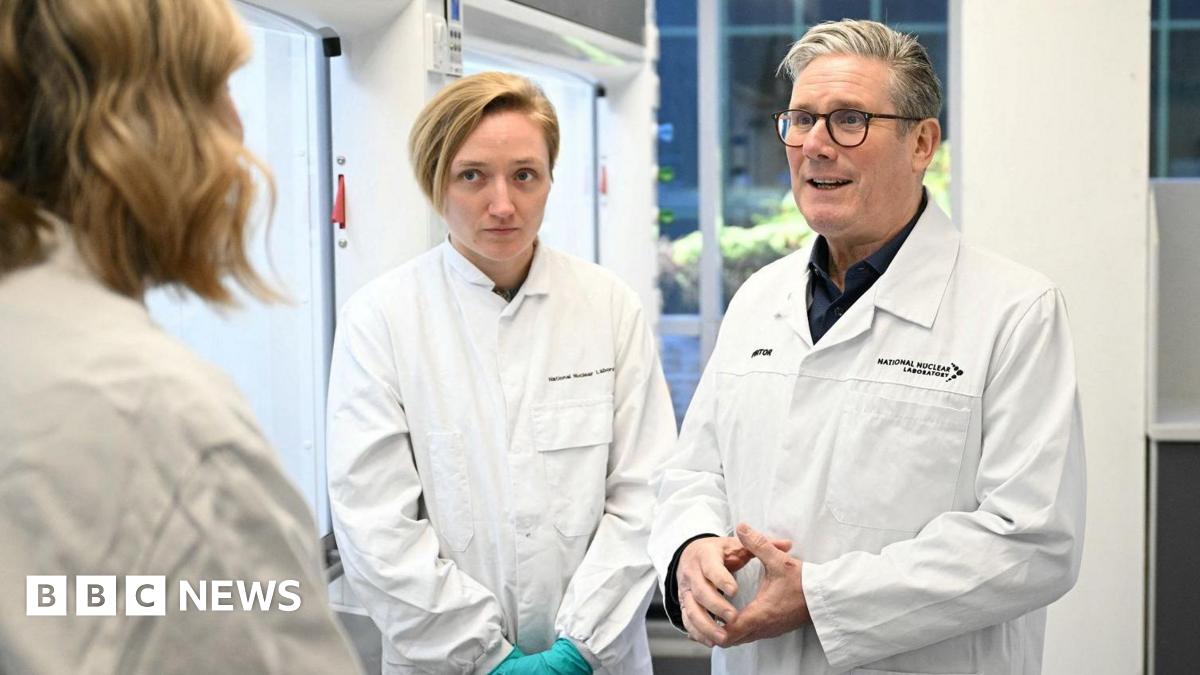Interesting gamble the government is taking here. Unusually the environmentalists are right to be cautious, SMRs have been designed since the 90s and not a one of them has ever come to anything.
Also not completely sure why we’d need it. By the governments own plans we can expect our wind power to jump from 10gw to 50gw by 2035, which would mean being 100% renewable powered for months at a time.
Which will make it very very expensive, the research I’ve seen recently says nations that manage that transition can expect electric price falls of a quarter to a half, and that Hinckley plant is already going to be selling at over twice the unit price of any other source. I would expect SMR plans to collapse for that reason by itself.



I don’t understand that thinking.
Nuclear has a very high incremental cost when demand increases. You need to build another nuclear power station. You’re then set for a while.
Wind has a very small incremental cost. You need to build another wind turbine, but that won’t last you very long. Maybe you build a wind farm rather than individual turbines. Still a lot cheaper / quicker.
As I understand it, reactors are built with a lot of spare overhead, so for a long time, we just need to keep adding uranium to increase the output, until it reaches its absolute maximum.
We need a new wind turbine each time to increase capacity.